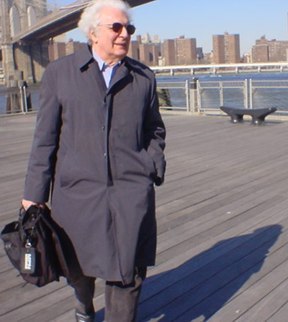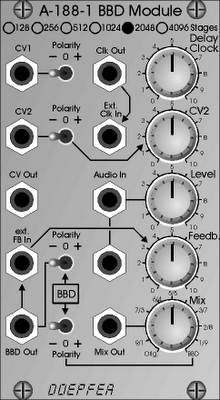 Via The Bob Moog Foundation:
Via The Bob Moog Foundation:"We envision the Bob Moog Memorial Museum as both an information resource and a place to connect with Bob's spirit. The Museum will house Bob's personal and professional archives, which include: writings, photos, instruments, schematic drawings, articles written by and about him, an extensive collection of electronic music, and other Moog artifacts. The goal is to make this an educational, interactive museum open to students, researchers and music historians, and for all people interested in engaging with the Moog legacy. We are also considering an exhibit at the Rock & Roll Hall of Fame."
And via Ileana Grams-Moog on Caring Bridge:
"To preserve his home and workshop in Big Briar Cove, near Asheville, as a museum and archive of his life and work, as well as a nature preserve. It would be a place to connect with him as a craftsman (he partly designed the house, laid the floors, plumbed and wired it, arranged the spring-fed water system, and cut the wood to heat it), as a historian of electronic music (he left a remarkable collection of slides and records of electronic music), as a designer of musical instruments ( through an extensive archive of material about him, and in the building where he hand-built theremins for many years), and as a nature lover (the house is surrounded by old second-growth forest full of animals, birds, and plants native to Western North Carolina). This project is particularly dear to my heart. He loved Big Briar Cove, and it would be a place for his fans to connect with him on many levels."
Shot of Bob Moog's house via this post.
I can't wait to take my daughter there. She and I will finally get to see where all the magic came from.



















































